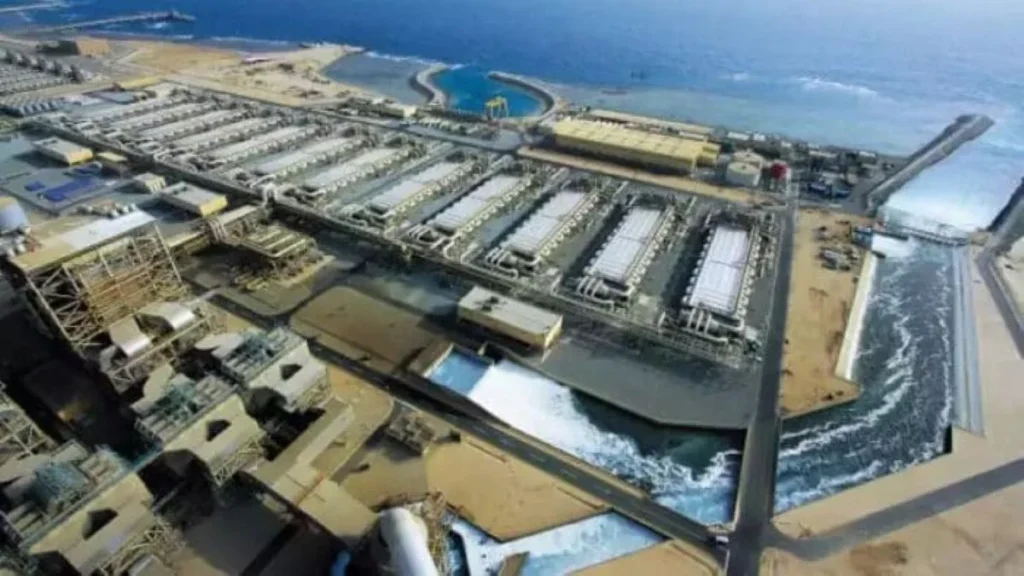At a time when water scarcity is becoming a real threat, Morocco is choosing a response that matches the stakes: an unprecedented public-private partnership (PPP) that combines massive desalination, clean electrification, and large-scale hydraulic logistics. All of this is supported by a rigorous methodology that is resolutely forward-looking.
Signed on May 19, 2025, the agreement sealed between the Kingdom and its Emirati partners is anything but an ordinary project. It commits to a genuine structural revolution in the management of water and energy resources. The stated goal by 2030 is to produce 900 million cubic meters of desalinated water each year, transport 800 million via a “water highway,” and integrate 1,200 MW of renewable energy through a 3,000 MW HVDC line connecting Dakhla to Casablanca.
A clear and shared governance
This project is primarily based on a solid legal and organizational foundation. It is governed by law 86-12 on public-private partnership contracts, which ensures a precise distribution of roles and risks, in a spirit of transparency and performance. The state, through the National Office of Electricity and Drinking Water (ONEE), sets the regulatory framework, guarantees the purchases of water and energy, and allocates the necessary land concessions. The Mohammed VI Fund for Investment (FM6I) contributes 15%, providing a sovereign guarantee that strengthens the overall financial solidity.
The private sector as a driving force
On the private side, two industrial heavyweights are at the helm: Taqa Morocco and Nareva, each holding 42.5% of the project. Their mission is to lead technical studies, raise financing, design preliminary projects, and accelerate implementation through their agility and capacity for innovation. This duo, already seasoned by previous experiences, allows for effective risk pooling and easier access to international capital.
One of the major advantages of this methodology is the time savings: where a 100% public project would have required many years of processing, the PPP allows for an operational launch planned as early as 2028, with an estimated time reduction of two years.
A vision that is long-term
Morocco is not starting from scratch. This new mega-project is part of the continuity of a proven model, such as the Safi thermal power plant – delivered in 2017 through an alliance between Nareva, Engie, and Mitsui – or the revival program of the Tahaddart gas plant, now taken over by the Taqa-Nareva-FM6I trio with a budget of one billion dollars. These precedents have demonstrated the PPP’s ability to mobilize heavy financing and transfer skills to the local ecosystem.
A tangible economic and social dynamic
The project is generating a real industrial dynamic. More than 25,000 jobs are expected, including 10,000 permanent positions. A network of Moroccan SMEs specializing in maintenance, studies, or vocational training is being structured around the fields of desalination, hydraulics, electricity, and solar energy. For Reda Hamedoun, executive vice president of Nareva, the project embodies a lever for territorial development, knowledge transfer, and social cohesion. His counterpart at Taqa Morocco, Abdelmajid Iraqui Houssaini, speaks of a “partnership for the sustainable transformation of the national energy and water landscape.”
A methodology to replicate
Beyond the project itself, it is the approach that sets a precedent. This methodological model, based on close cooperation between public institutions and private champions, could become the template for future major strategic projects: energy storage in Ouarzazate, decarbonized transport networks, infrastructure in Agadir or Dakhla… A genuine paradigm shift is underway.
In a world facing water stress, Morocco is charting its course with method, pragmatism, and ambition. A model to follow.
With Finances News


